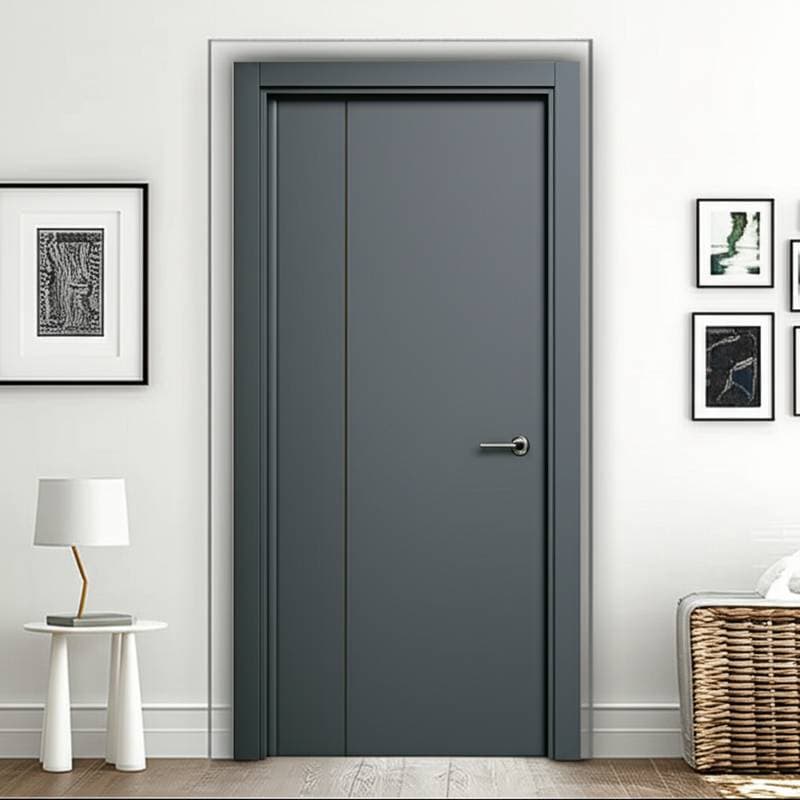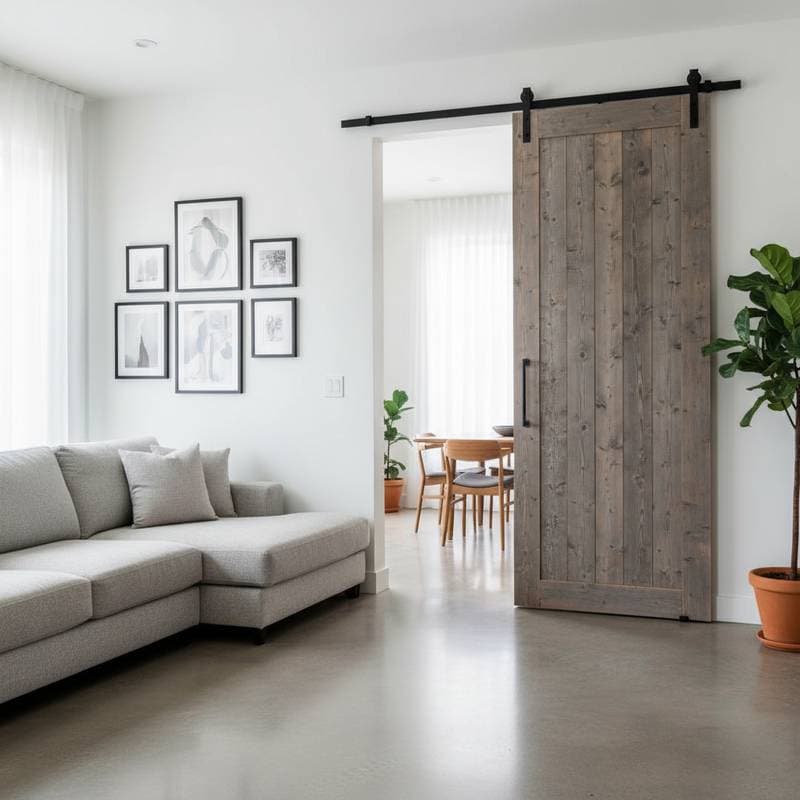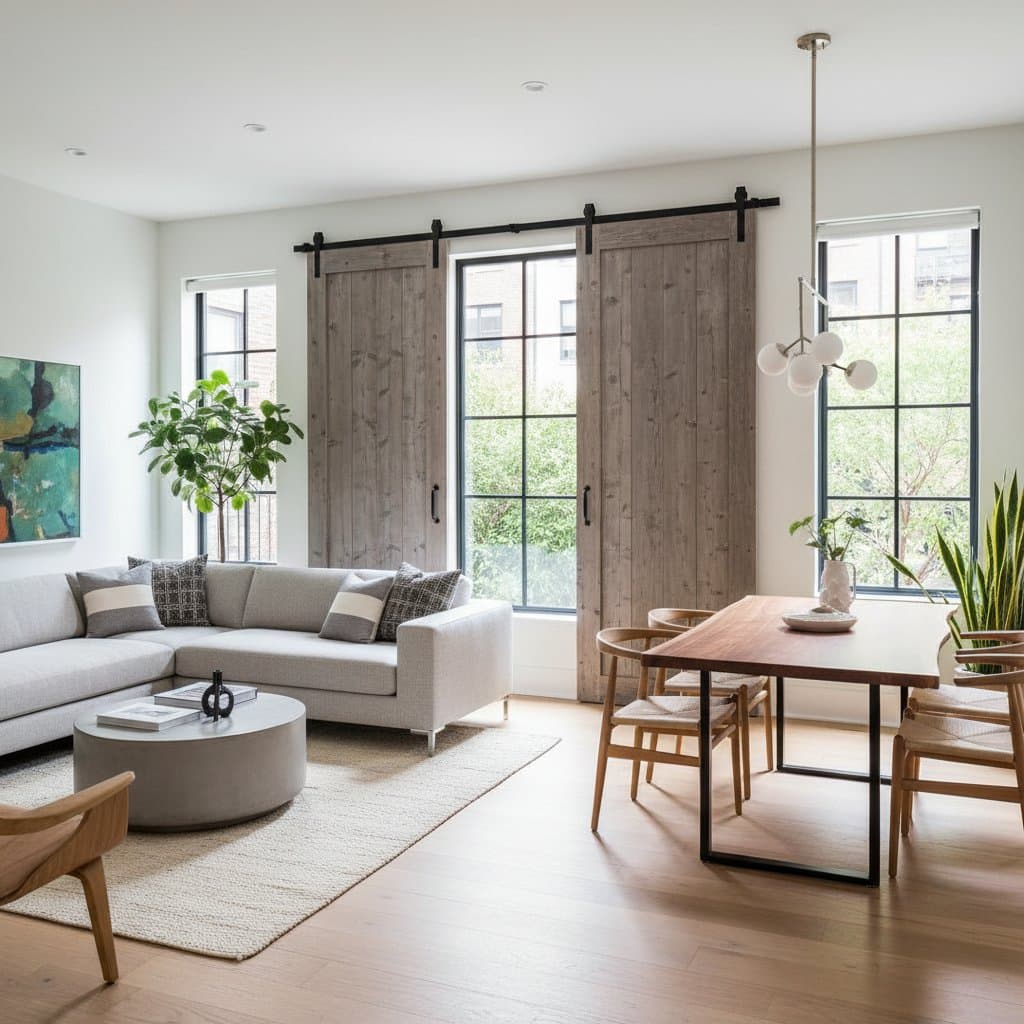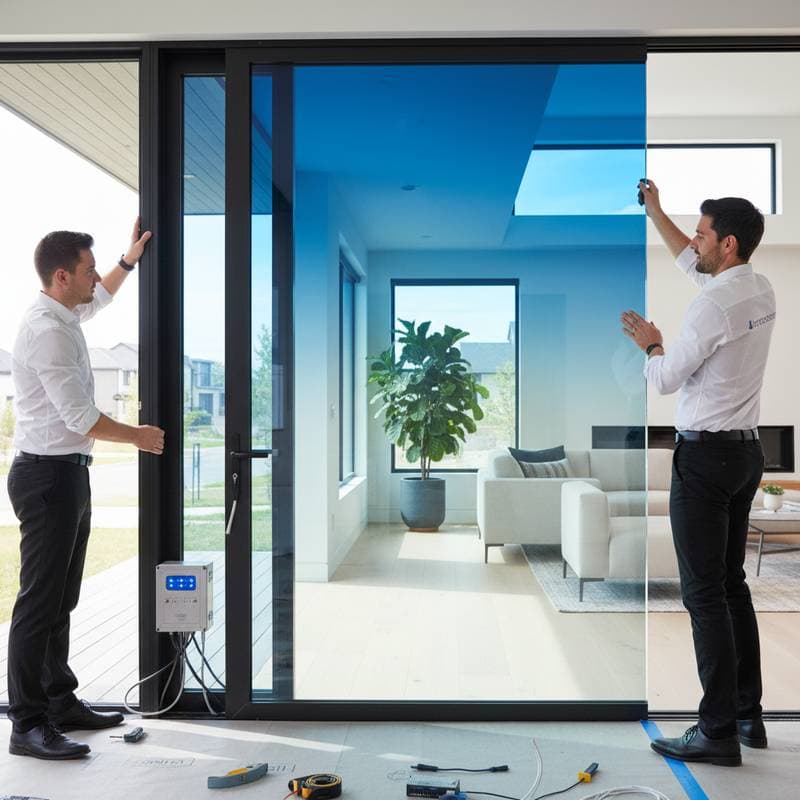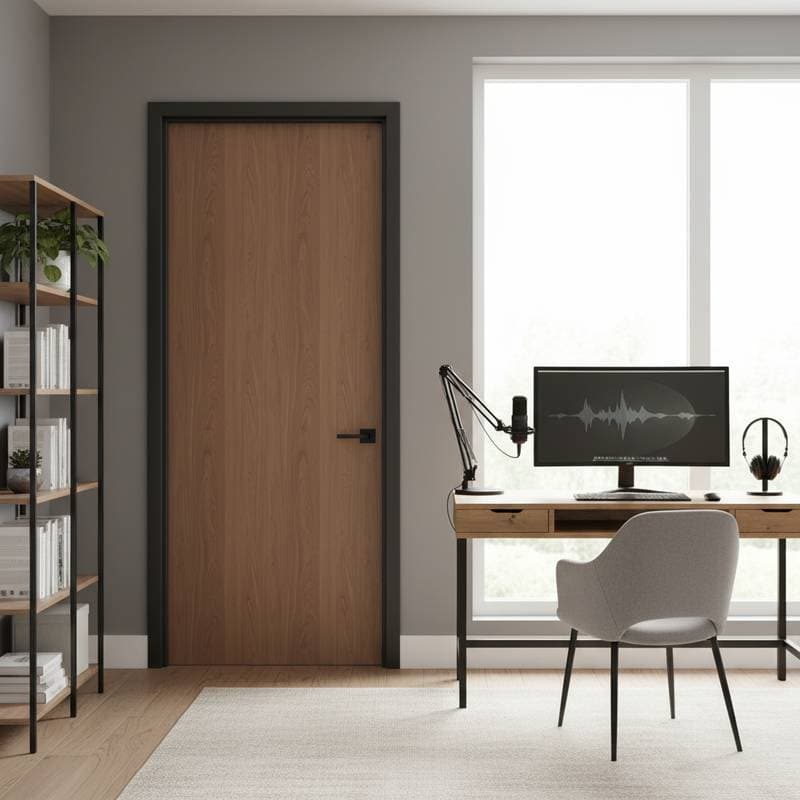Reduce Home Noise by 85% with Acoustic Doors in 2025
Peaceful surroundings in the home often seem elusive amid open layouts and denser neighborhoods. Traffic sounds, children's play, or appliance hums disrupt comfort and focus. Acoustic doors provide a reliable solution by minimizing noise transfer up to 85 percent. These specialized barriers surpass ordinary doors through engineered designs that enhance quiet, privacy, and property appeal.
Fundamentals of Acoustic Doors
Acoustic doors function to obstruct and dissipate sound, preventing easy passage between areas. Standard interior doors rely on hollow or lightweight builds, whereas acoustic versions incorporate dense cores, targeted seals, and multilayered compositions to disrupt sound waves. Such construction addresses airborne sounds like conversations or tunes, as well as impact noises from steps or equipment vibrations.
Mechanisms of Sound Attenuation
Sound propagates as vibrations through air and solids. Dense obstacles reflect and absorb this energy. Acoustic doors leverage mass for deceleration, seals for edge containment, and damping materials for vibration capture. This combination elevates the Sound Transmission Class (STC) rating, a metric for sound-blocking efficacy. Superior ratings signify robust isolation.
Home applications typically favor STC ratings from 30 to 50. Spaces adjacent to disturbances, such as bedrooms or studies, benefit from elevated ratings, while communal zones suffice with moderate ones.
Acoustic Doors Versus Standard Doors
Both door types act as dividers, yet their builds and capabilities diverge significantly.
| Feature | Standard Interior Door | Acoustic Door |
|---|---|---|
| Core Material | Hollow or lightweight composite | Solid, dense, or multilayered acoustic core |
| Sound Reduction | 15-25 STC | 30-55 STC |
| Sealing | Basic latch alignment | Full-perimeter and threshold acoustic seals |
| Weight | Lightweight for simple handling | Substantial from dense composition |
| Ideal Application | Quiet zones | Studies, bedrooms, media rooms, adjacent walls |
Homeowners replacing conventional doors with acoustic alternatives experience swift enhancements in tranquility. Targeted updates in high-traffic rooms alter the entire auditory landscape.
Selecting Materials and Designs
Acoustic doors vary in composition and form, affecting both efficacy and visual harmony. Choices hinge on placement, style preferences, and financial scope.
Solid Wood Options
Solid wood delivers inherent mass for sound blockage and imparts organic warmth to settings. Dense hardwoods like oak or maple yield superior results, unlike lighter pines. Effective implementation demands meticulous edge and joint sealing to eliminate pathways.
Engineered and Composite Builds
Contemporary models employ engineered cores from stratified elements including medium-density fiberboard, particleboard, or specialized damping blends. These options equilibrate heft, expense, and function. Integrated layers such as viscoelastic sheets or mineral infusions further mitigate vibrations.
Metal and Specialized Variants
High-isolation needs prompt steel or composite cores in acoustic doors. Such units suit recording spaces or utility areas. To align with residential decor, pair robust cores with wood overlays or surface laminates.
Glazed Configurations
Balancing illumination and isolation, glazed acoustic doors integrate laminated panes that curb transmission without sacrificing sightlines. They suit studies or sunlit rooms prioritizing both quiet and brightness.
Installation and Sealing Procedures
Optimal performance requires precise fitting; suboptimal placement undermines even premium doors.
Initial Assessment
Measure frames accurately and evaluate wall integrity prior to proceeding. Sturdy, insulated walls amplify door benefits. Fragile partitions may allow flanking sound despite advanced barriers.
Preparatory Measures
Incorporate reinforced framing, perimeter gaskets, and automatic threshold seals that engage upon closure. These components seal micro-gaps beyond standard stripping capabilities.
Core Installation Steps
Position the door squarely in the frame for uniform seal compression. Employ durable hinges and closures to support added mass, often requiring three or four hinges. Verify threshold contact uniformity during operation.
Verification Protocols
Inspect for perimeter light penetration, signaling acoustic vulnerabilities. Test closure for drafts or tones indicating seal flaws. Fine-tune hardware until alignment achieves seamlessness.
Post-Installation Care
Routine checks suffice for longevity; examine seals periodically and realign if wear appears. Clean frames and oil pivots to sustain smooth function.
Assessing Expenses and Benefits
Costs fluctuate based on composition, isolation level, and detailing. Though pricier than basics, acoustic doors deliver enduring gains in livability and seclusion, particularly in versatile residences.
| Type | Upfront Price | Durability | Upkeep | Optimal Use |
|---|---|---|---|---|
| Hollow Core | Low | Average | Low | Tranquil spaces |
| Solid Wood Acoustic | Moderate to Elevated | Extended | Periodic sealing and refinishing | Sleeping quarters, gathering areas |
| Engineered Acoustic | Moderate | Extended | Low | Workspaces, multi-unit dwellings |
| Metal Core Acoustic | Elevated | Exceptional | Low | Creative or utility zones |
Sustained advantages include thermal retention via reduced infiltration, potentially trimming utility bills when integrated with fortified envelopes.
Aligning Doors with Daily Routines
Homes present distinct acoustic profiles; selections should reflect usage patterns and primary irritants.
Work and Learning Spaces
Focused environments demand minimal disruptions. Acoustic doors in offices shield against domestic or external clamor. Glazed variants permit daylight influx alongside concentration.
Rest and Childcare Areas
Restorative sleep hinges on serenity. Doors adjacent to active zones or exteriors foster deeper repose. Nurseries gain from contained calm amid household bustle.
Entertainment and Creative Zones
Isolation preserves immersion and courtesy. Acoustic barriers contain output while excluding intrusions; augment with wall treatments and soft flooring for peak results.
Communal or Rental Settings
Privacy thrives in shared structures. Doors curtail inter-room transmission, easing coexistence.
Sustaining Performance Over Time
Proper stewardship extends acoustic doors' utility across years. Focus on hardware and barriers:
- Examine seals annually for pliability and integrity; substitute compromised parts.
- Clean exteriors gently to avert residue impeding contact.
- Apply lubricant to pivots and fasteners for fluid motion.
- Adjust for environmental shifts causing misalignment.
Diligent care yields decades of reliable service, outweighing upfront outlay through reduced fatigue.
Ecological and Efficiency Gains
Noise mitigation intersects with conservation. Sealed doors curb drafts, stabilizing temperatures and curbing energy use. Producers increasingly adopt verified woods and minimal-emission coatings for green compatibility.
Urban dwellings benefit from filtered particulates via tighter enclosures, enhancing air purity and wellness.
Finalizing Your Selection
Decision-making balances isolation needs, visual integration, and resources. Key considerations include:
- Primary disturbances: Tailor STC to traffic, activity, or machinery sources.
- Space purpose: Elevate ratings for sensitive areas over transit paths.
- Design cohesion: Select sheens matching hardware and surfaces; customization abounds.
- Fitting approach: Opt for frame retention or full renewal for superior seals.
- Care tolerance: Favor low-effort materials suiting routines.
Engage experts for tailored guidance; sample interactions clarify preferences.
Integrating into Broader Strategies
View door upgrades within comprehensive acoustics planning. Assess adjacent elements like partitions and surfaces to fortify outcomes. Holistic approaches yield profound tranquility.

